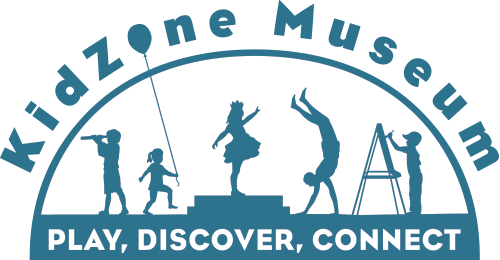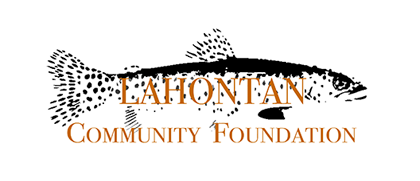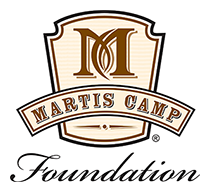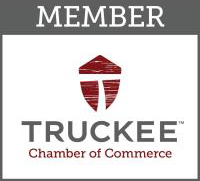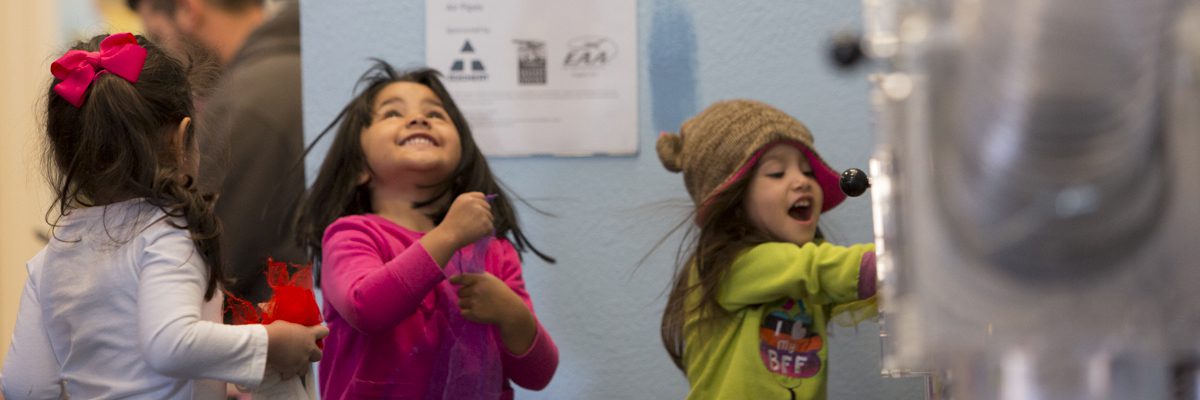
Play. Discover. Connect at the KidZone Museum
The KidZone Museum is a children’s museum in Truckee, California serving 30,000 visits annually. Our mission is to inspire learning through creative play and discovery. Our exhibits are perfect for children under 7. Our camps and school programs are for children through elementary school. Teenagers can gain important service learning experience through volunteer service.
Mission
To inspire learning through creative play and discovery
Vision
To create a welcoming, imaginative, educational space where transformational experiences connect children and families, from every walk of life, and create innovative thinkers who contribute to the collective well-being of others and the environment in which we live.
History
Our Community Roots
In 1992, a grassroots coalition of parents, agencies and educators opened the nonprofit Sierra Nevada Children’s Museum (dba KidZone Museum) in the rural and isolated region of the Sierra Nevada Mountain Range in Truckee, Calif.
We fulfill our mission to inspire learning though creative play and discovery, through early learning programs and exhibits that offer children and their families the tools necessary to share creative learning opportunities together, while securing healthy and loving connections. These connections establish the emotional, physical and intellectual foundation for every child to enter school ready to learn.
The KidZone Museum strives to demonstrate extraordinary and innovative approaches to public service by reaching children and families in our region through our expanded community partnerships with social service and education organizations, a staff that can welcome families who speak Spanish and English, and a free bus service to reach families living in poverty. Together, we champion learning through play experiences while reducing isolation, increasing access to learning programs for low income families and creating a positive impact on the lives of children and families in our community. In the 25 years since we opened our doors, our audience has grown to 30,000, a growth of 500%. Financial support has grown 300%. This growth and need for learning through play and connections for families requires a bigger space for a bigger brighter future for our children.
The Future
It’s time for us to grow
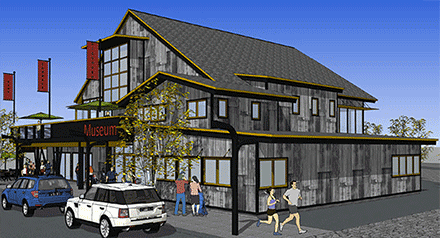
1. Space for play and discovery
Our visitation has grown 229% in 10 years. Last year we had 23,000 visitors walk through our doors. We have no room to welcome more. Exhibits cover our walls, our spaces are filled with learning experiences, and we need room to grow and broaden our audience.
2. Community Connections
We aim to serve 50% of families who live in poverty in our region. We want to reach 100% and will do so with a larger space and increased resources. We reach 1,863 Tahoe/Truckee children under 6. Families with children in elementary, middle and high school are requesting we do more. 500 families are members of the museum.
3. Sustainability for the museum
In the past 23 years, we successfully completed two small capital campaigns that helped increase our income by 250%. Children’s museums around the country develop larger facilities mainly to increase their sustainability efforts. This expansion will help our bottom line by seeing an increase in: Admission fees, program fees, café and store income, social and donor capital, birthday party and other rental income, and an endowment, to be formed in conjunction with the campaign.
4. Good for the community
Researchers around the world concur that social belonging is a fundamental human need. The Museum supports the health and well-being of our children and families.
The Museum’s feasibility study states the broad impact the Museum has on our community and region as a whole. Societal impacts occur when the Museum and its programs make changes that impact the entire community. The Museum provides support services that connect communities in Tahoe/Truckee region through its programming. In particular, it supports low-income families and teens with scholarship and volunteering opportunities.
Personal impacts result in a sense of belonging, changed attitudes to science, and expanded career and development opportunities. Examples include greater science exposure for girls and opportunities to make new friends and connect people in the community.
